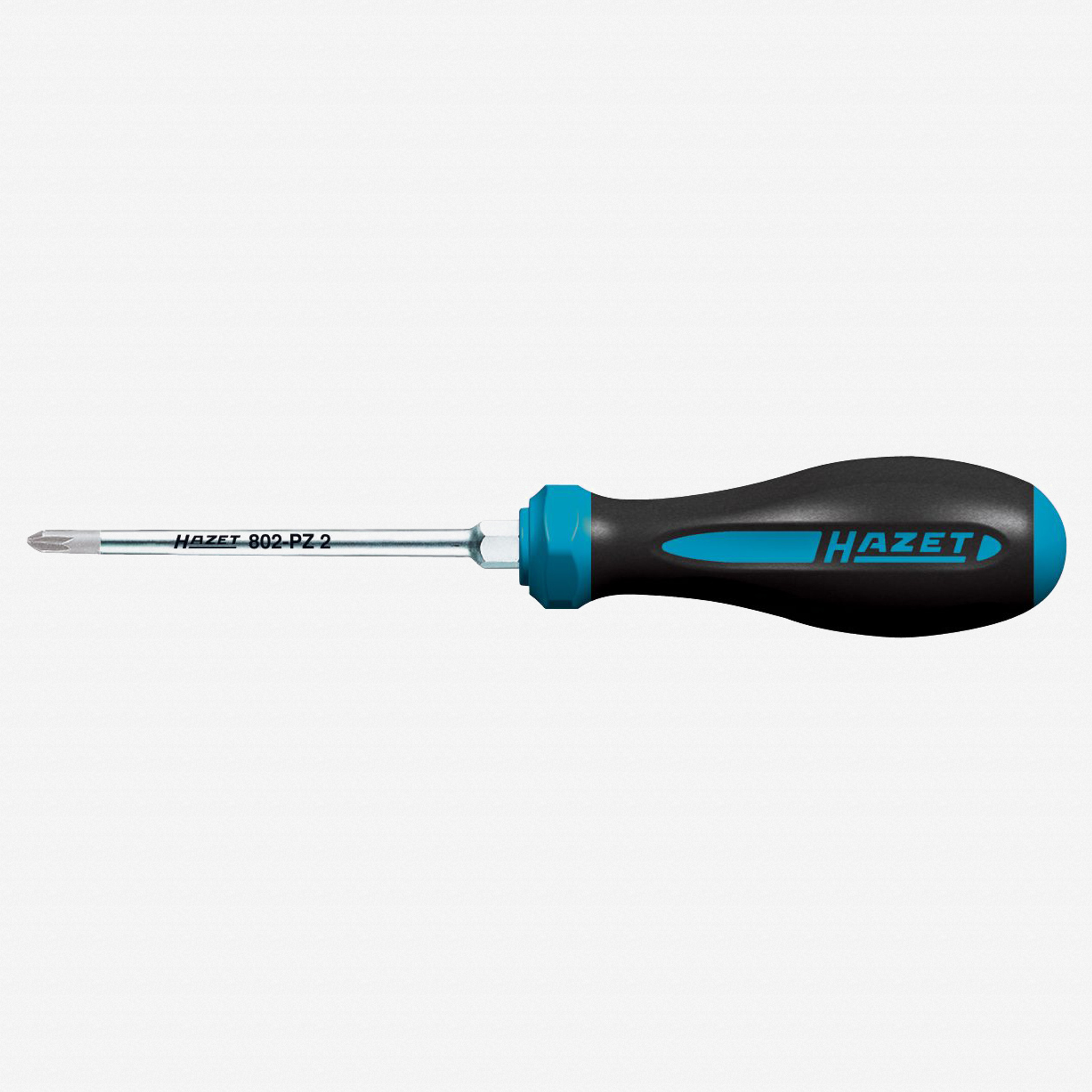

#POZIDRIV SCREWDRIVER DRIVERS#
Similar in appearance and function, and with drivers interchangeable with Pozidrive, a superior bite is achieved when driving Supradriv screws with Supradriv drivers, allowing a slight angular offset, reducing cam-out, and increasing efficiency. Supradriv was designed by GKN Fasteners as a direct successor to the Pozidriv.
#POZIDRIV SCREWDRIVER DRIVER#
Although they can turn the screw, they’ll typically ride out of the socket, rounding off the corners of the fastener and the driver at relatively low torques, which is not recommended. Pozidriv drivers do not fit into Phillips screw sockets, however, Phillips drivers do fit into Pozidriv screw sockets. One disadvantage of these fasteners is their similar appearance to Phillips screws, which can result in incorrect driver selection.
#POZIDRIV SCREWDRIVER WINDOWS#
The smallest of Pozidriv sockets, PZ-0, is frequently used in screws to fasten small components, such as electronics, while the largest of the commonly seen Pozidriv sockets, PZ-4, is used in frame anchors, such as used for fastening windows and doors to masonry. PZ-1, PZ-2 and PZ-3, are available as machine screws, wood screws, self-tapping screws, and self-drilling screws, and in a variety of countersunk and non-countersunk head types. Globally, they’re among the most common screw drive types, including in the UK, where they are the defacto standard construction screws. Sizes PZ-1, PZ-2, and PZ-3, are common fasteners used in many applications including construction, manufacturing, and engineering. Pozidriv screw drives are numbered 0 to 5 (smallest to largest) and typically labeled in their abbreviated form. This allows for greater torque while reducing screw damage, driver wear, and worker fatigue.



The Pozidriv features parallel flanks and additional ribs at 45 degrees to the main cross, which provides greater mating with the driver, reducing cam-out and improving efficiency. This is why the Pozidriv screw was developed. Phillips screws were favored by aircraft and automotive manufacturers for these features, but the cam-out feature was not beneficial to all users. By automatically “camming out,” the marring and breaking of the screw is reduced in comparison to slotted drives. The precise alignment of the Phillips screw drive reduces driver slippage and related damage to the surrounding material. So, the screwdriver will slip out of the head of the screw while turning it. The Phillips screw drive has a cruciform socket with an angle on the flanks and rounded corners, which are designed to “cam-out,” meaning it throws out the driver once the correct torque is reached. However, the drive was patented by GKN Screws and Fasteners in 1962 as an improvement on the Phillips screw drive. Often abbreviated to PZ or PSD (or mistakenly spelled, “Pozidrive”), the Pozidriv trademark is held by Phillips Screw Company. Pozidriv describes the screw drive type of the socket and driver, and is one of the most common screw drives used worldwide. Pozidriv screws are externally threaded fasteners with torquing heads, which feature a cruciform socket with radial indentations that are set at 45 degrees from the main cross. Pozidriv fasteners are a type of socket that’s used to drive screws that transmits more torque than Phillips screws.


 0 kommentar(er)
0 kommentar(er)
